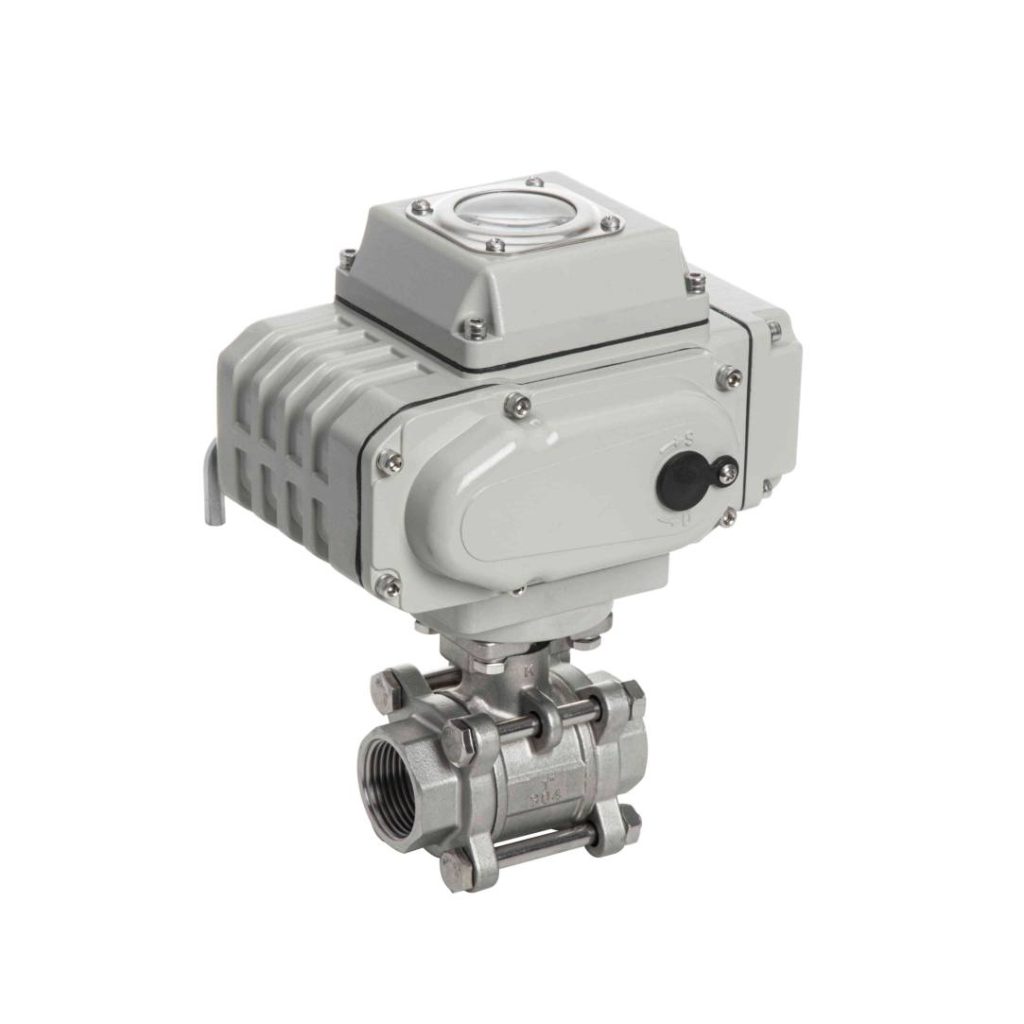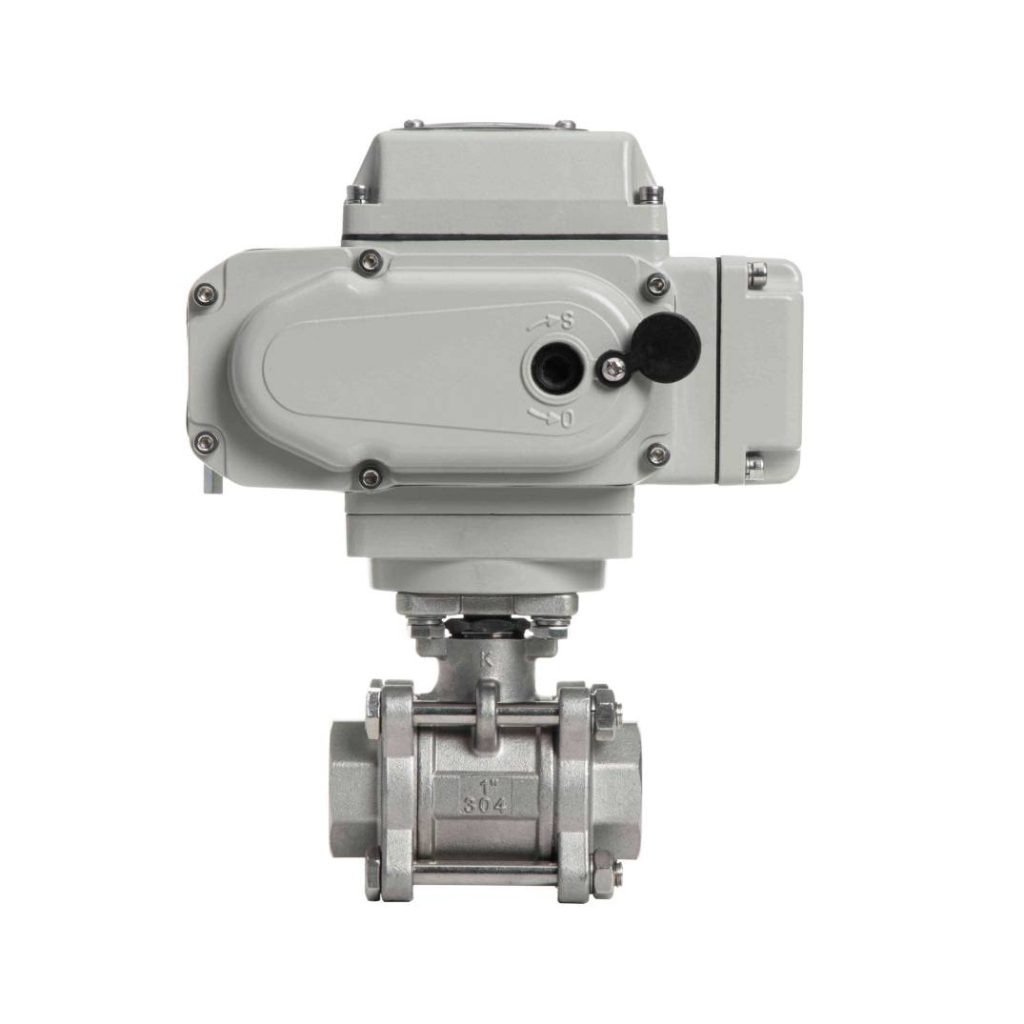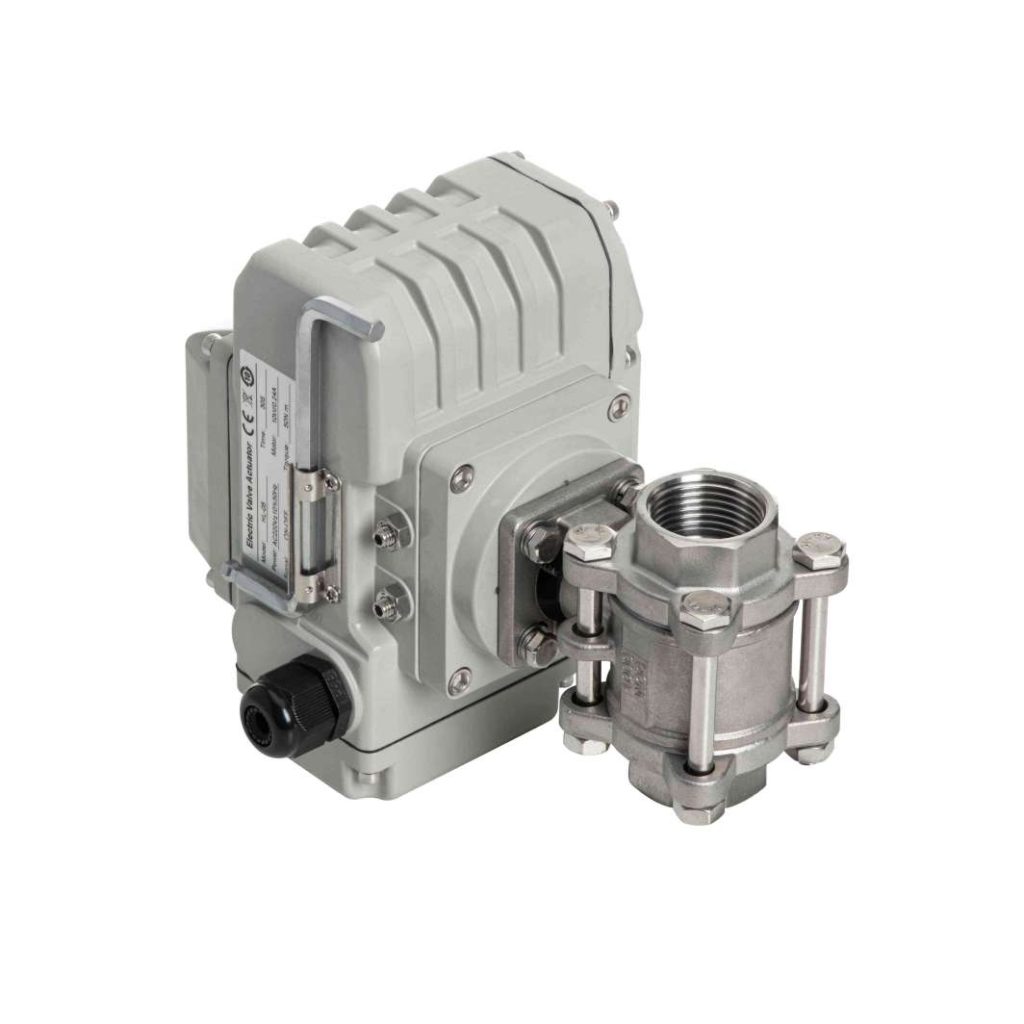The electric screw ball valve is a key innovation in modern industrial applications, providing a reliable and efficient solution for regulating the flow of fluids in various systems. This valve combines the functionality of a traditional ball valve with the precise control capabilities of electric actuation, making it ideal for industries such as oil and gas, water treatment, chemical processing, and HVAC systems. In this article, we will explore the design, working principle, applications, and advantages of electric screw ball valves, highlighting why they are becoming increasingly popular in the automation and control industries.

Design and Functionality

An electric screw ball valve consists of a ball with a hole or port through the center that can rotate to regulate fluid flow. The “screw” component in this valve refers to the mechanical mechanism that allows for fine adjustments to the valve’s position, providing a high degree of accuracy. The valve is typically powered by an electric actuator, which is responsible for rotating the ball and adjusting the flow rate. This actuator is controlled by an electric signal, allowing for automated or remote control of the valve’s position. The electric screw ball valve combines the best features of both ball valves and screw valves. While ball valves are known for their quick action and ability to fully open or close, the screw mechanism enables smooth, gradual adjustments to the flow. This makes electric screw ball valves highly effective for applications where precise flow control is critical, such as in systems requiring accurate dosing, mixing, or pressure regulation.
